






































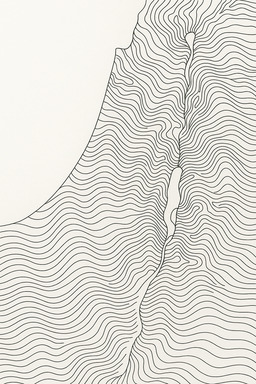

























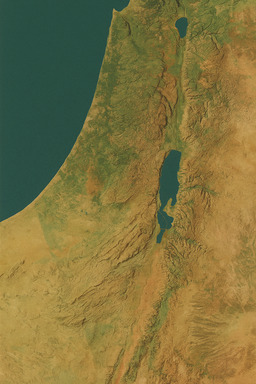

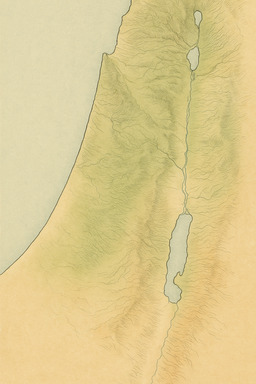











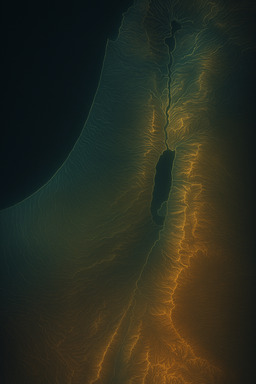














































































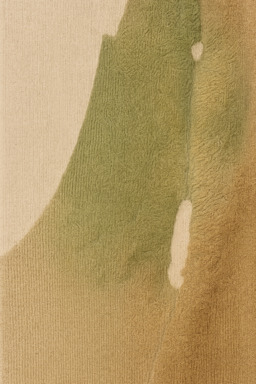





















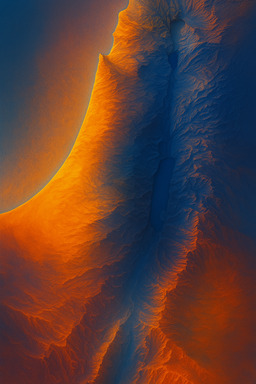





















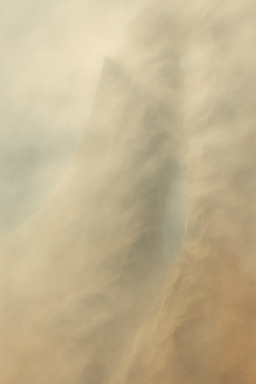




These images were generated by GPT-4o, an AI that converts text to images. Hover your mouse over the image to see the prompt that generated it, and click to see a full-size version. Since these maps are AI-generated, their topography doesn't exactly match reality; in particular, many of these maps include a river connecting the Dead Sea and the Red Sea. This river doesn’t exist. You’ll also note that the Sea of Galilee doesn’t always appear. These images are available under a CC-BY license, so please feel free to use them for whatever purpose you like. Blog post about this page.















































































































































































































Unless otherwise indicated, all content is licensed under a Creative Commons Attribution License. All Scripture quotations, unless otherwise indicated, are taken from The Holy Bible, English Standard Version. Copyright ©2001 by Crossway Bibles, a publishing ministry of Good News Publishers. Contact me: openbibleinfo (at) gmail.com.